Table of Contents
Pumpkin comes from the genus Cucurbita, covering varieties of gourds, and squashes. Believed to have first originated in North America’s New England, the term is commonly used in grocery stores and farmers markets, referring to many orange-colored winter squash varieties.
Technically, pumpkins (Cucurbita pepo) are considered fruits, and specifically, a type of berry called pepo. Most pumpkins available in supermarkets contain deep ridges and rich orange skin, but some lesser-known varieties have different characteristics.
Common Pumpkin Types
Planting pumpkins at home allows you to access varieties not found in stores. With plenty of culinary and decorative uses, pumpkins can become an exciting addition to your home garden.
Heirloom and Hybrid Pumpkins
Heirloom pumpkin varieties are technically free from crossbreeding for at least 40 to 50 years. American Tondo, Connecticut Field, Fairytale, Jack Be Little, Jack O Lantern, Ol Zebs, and Spookie are some of the most popular heirloom pumpkins. Because they are true-to-seed, heirloom varieties are ideal for seed saving. You get the same traits or qualities from the parent plant. Traditionally, heirloom plants are passed down from generation to generation in various ethnic, familial, or other social groups. However, some heirloom plants are maintained by private organizations like seed companies and universities.

Hybrids are a result of manually cross breeding two different pumpkin varieties. Through this deliberate process, agriculturists can make improvements on flavor, growth, yield, and other traits for the resulting hybrid. Popular examples of hybrid pumpkins include Bellatrix, Blanco, Magic Lantern, Neon, Spartan, and Toad.
Other Popular Pumpkin Groupings
Get to know these common pumpkin varieties classified by their distinct traits.
Types of Pumpkin Skin Colors
Pumpkin varieties can have either an orange or white skin. Scientifically, white pumpkins are classified as Cucurbita maxima.
| Pumpkin Skin Colors | Common Examples (Where to Buy) |
|---|---|
| Orange-Skinned Pumpkins | Fairytale (True Leaf Market) Howden (Territorial Seed Company, True Leaf Market) Jack Be Little (Eden Brothers, True Leaf Market) Jack O Lantern (Eden Brothers, True Leaf Market) Small Sugar (Eden Brothers, Territorial Seed Company, True Leaf Market) Sugar Pie (True Leaf Market) |
| White-Skinned Pumpkins | Baby Boo (Territorial Seed Company, True Leaf Market) Blanco (Territorial Seed Company) Casper (Eden Brothers, True Leaf Market) Gooligan F1 (True Leaf Market) Lumina (True Leaf Market) Super Moon F1 (True Leaf Market) |
Types of Pumpkin Skin Textures
Not all pumpkin varieties are ribbed and smooth. Some grow rough and warty exteriors, giving them an unusual appearance.
| Pumpkin Skin Textures | Common Examples (Where to Buy) |
|---|---|
| Smooth and Ribbed Pumpkins | Baby Bear (True Leaf Market) Bellatrix (Territorial Seed Company) Big Moose (Territorial Seed Company) Dickinson (True Leaf Market) Jarrahdale (True Leaf Market) Kentucky Field (True Leaf Market) |
| Warty Pumpkins | Galeux d’Eysines (True Leaf Market) Goosebumps (Territorial Seed Company) Marina Di Chioggia (True Leaf Market) Toad (Territorial Seed Company) |
Types of Pumpkin Flesh Colors
There are pumpkin varieties that develop paler flesh than others.
| Pumpkin Flesh Colors | Common Examples (Where to Buy) |
|---|---|
| Orange-Fleshed Pumpkins | Atlantic Giant (Eden Brothers, Territorial Seed Company, True Leaf Market) Jill Be Little (Territorial Seed Company) Kandy Korn Plus (Territorial Seed Company) Naked Bear (Territorial Seed Company) Spookie (Eden Brothers, True Leaf Market) Sweet Meat (Eden Brothers, True Leaf Market) |
| Pale-Fleshed Pumpkins | Baby Boo (Territorial Seed Company, True Leaf Market) Blanco (Territorial Seed Company) Gooligan F1 (True Leaf Market) Lil’ Pump-Ke-Mon (Territorial Seed Company) Lumina (True Leaf Market) |
Types of Pumpkin Shapes
While round pumpkins are common, varieties with elongated shapes exist.
| Pumpkin Shapes | Common Examples (Where to Buy) |
|---|---|
| Elongated Pumpkins | Cushaw Green-Striped (Eden Brothers, True Leaf Market) Cushaw Orange-Striped (True Leaf Market) Cushaw White (True Leaf Market) Kentucky Field (Eden Brothers) Pink Banana Jumbo (Eden Brothers) |
| Round Pumpkins | Baby Bear (True Leaf Market Bellatrix (Territorial Seed Company) Big Moose (Territorial Seed Company) Dickinson (True Leaf Market) Jarrahdale (True Leaf Market) |
Types of Pumpkin Flavors
Pumpkins are generally sweet. Some varieties are milder, while others offer deeper hints of earthy and nutty flavors.
| Pumpkin Flavors | Common Examples (Where to Buy) |
|---|---|
| Mild Pumpkins | Big Max (Eden Brothers, True Leaf Market) Jack O Lantern (Eden Brothers, True Leaf Market) Mammoth Gold (Eden Brothers, True Leaf Market) |
| Earthy/Nutty Pumpkins | Atlantic Giant (Eden Brothers, Territorial Seed Company, True Leaf Market) Cushaw Green-Striped (Eden Brothers, True Leaf Market) Fairytale (True Leaf Market) Kentucky Field (True Leaf Market) Pink Banana Jumbo (Eden Brothers) Turks Turban (Eden Brothers) |
| Sweet Pumpkins | Casper (Eden Brothers, True Leaf Market) Cinderella (Eden Brothers, Territorial Seed Company, True Leaf Market) Small Sugar (Eden Brothers, Territorial Seed Company, True Leaf Market) Spookie (Eden Brothers, True Leaf Market) |
Types of Geographic Origins
Pumpkins are believed to have originated in North and South America. Due to the Spanish conquest, pumpkin has spread to other parts of the globe.
| Geographic Origins | Common Examples (Where to Buy) |
|---|---|
| European, and Mediterranean Pumpkins | Atlantic Giant (Eden Brothers, Territorial Seed Company, True Leaf Market) Cinderella (Eden Brothers, Territorial Seed Company, True Leaf Market) Galeux d’Eysines (True Leaf Market) |
| Central, North, and South American Pumpkins | Baby Boo (Territorial Seed Company, True Leaf Market) Blanco (Territorial Seed Company) Goosebumps (Territorial Seed Company) Howden (Territorial Seed Company, True Leaf Market) Marina Di Chioggia (True Leaf Market) Small Sugar (Eden Brothers, Territorial Seed Company, True Leaf Market) Spartan (Territorial Seed Company) Sugar Pie (True Leaf Market) Winter Luxury (Territorial Seed Company) |
Types of Culinary Uses
Pumpkins have been widely cultivated for culinary uses. Cooking the pumpkin allows the flesh to soften and further enhance its flavor.
| Culinary Uses | Common Examples (Where to Buy) |
|---|---|
| Pumpkins for Baking and Stir-frying | Blue Kuri (True Leaf Market) Delica (True Leaf Market) Hokkori (True Leaf Market) Kogiku (True Leaf Market) Queensland Blue (True Leaf Market) Sweet Mama (True Leaf Market) |
| Pumpkins for Sauces and Soups | Big Max (Eden Brothers, True Leaf Market) Galeux d’Eysines (True Leaf Market) Jack O Lantern (Eden Brothers, True Leaf Market) Marina Di Chioggia (True Leaf Market) Sugar Pie (True Leaf Market) |
Types of Disease Resistance
Heirloom varieties tend to fall victim to common pumpkin diseases, such as anthracnose, bacterial leaf spot, downy mildew, Fusarium rot, and powdery mildew.
| Disease Resistance | Common Examples (Where to Buy) |
|---|---|
| Disease Resistant Pumpkins | Bellatrix (Territorial Seed Company) Blanco (Territorial Seed Company) Jill Be Little (Territorial Seed Company) Kandy Korn Plus (Territorial Seed Company) Magic Lantern (Territorial Seed Company) Naked Bear (Territorial Seed Company) Spartan (Territorial Seed Company) |
| Susceptible Varieties | Jack O Lantern (Eden Brothers, True Leaf Market) Sugar Pie (True Leaf Market) |
Types of Preferred Growing Conditions
If you have limited garden space, consider planting smaller varieties of pumpkins suitable for containers. Pumpkins thrive in well-drained soils with exposure to sunlight. Home gardeners with physical problems should consider building a trellis for their pumpkins as it can save them from a back-breaking harvest instead of allowing the pumpkin to develop on the ground.
| Preferred Growing Conditions | Common Examples (Where to Buy) |
|---|---|
| Container Pumpkins | Jack Be Little (Eden Brothers, True Leaf Market) Pink Banana Jumbo (Eden Brothers) Sweet Meat (Eden Brothers, True Leaf Market) |
| Field/Greenhouse Pumpkins | Connecticut Field (Eden Brothers, True Leaf Market) Kentucky Field (True Leaf Market) |
Popular Varieties of Pumpkins for Carving
Pumpkins are a huge part of the Halloween celebration. Get your creativity kicks with these pumpkin varieties suitable for carving. Whether you want scary or cute faces for display, the options below will hold up well as decorations.
| Variety | Description | Days to Germination | Days to Maturity After Flowering | Where to Buy |
|---|---|---|---|---|
| Autumn Gold Bush F1 | A semi-bush type pumpkin, Autumn Gold Bush F1 is a short-season favorite, producing 15 to 18 pounds of bright orange fruit. | 7 to 10 days | 70 to 75 days | True Leaf Market |
| Big Max | At best, Big Max can grow over a 100-pound pumpkin. This variety is popular among growers participating in competitions and country fairs. The thick rinds in Big Max make them ideal for storage. You can freeze or chop Big Max pieces for casseroles, pies, and soups. | 7 to 14 days | 120 to 125 days | Eden Brothers, True Leaf Market |
| Connecticut Field | This heirloom pumpkin variety is an excellent choice for carving. Connecticut Field can produce a 20-pound fruit with a uniquely flat bottom. | 6 to 12 days | 110 to 115 days | Eden Brothers, True Leaf Market |
| Howden | Howden pumpkins have a vining growth habit, reaching up to 10 feet. This large pumpkin variety is a Halloween favorite for carving. Expect 20- to 30-pound orange pumpkins with ribbed and uniform exterior. | 7 to 14 days | 115 to 120 days | Territorial Seed Company, True Leaf Market |
| Jack O Lantern | This variety has been traditionally planted primarily for carving. Its thick skin and flesh make it an ideal material for creative carvers. After displaying, the flesh from the Jack O Lantern can be used for casseroles, muffins, pies, and soups. | 7 to 14 days | 90 to 110 days | Eden Brothers, True Leaf Market |
| Jarrahdale | An heirloom pumpkin variety from New Zealand, Jarrahdale has a slate blue skin and orange flesh suitable for home gardening. Expect Jarrahdale pumpkins to weigh anywhere between 9 and 10 pounds. | 5 to 10 days | 100 to 105 days | True Leaf Market |
| Mammoth Gold | Mammoth Gold pumpkins are resistant to downy and powdery mildew. Under best conditions, the fruit from this variety can weigh 40 to 60 pounds with a smooth skin surface and pale orange flesh. | 5 to 10 days | 110 to 115 days | Eden Brothers, True Leaf Market |
| Ol Zebs | Ol Zebs boasts resistance to powdery mildew, and grows deeply ribbed fruits with durable stem handles. | 7 to 10 days | 105 to 110 days | True Leaf Market |
Popular Varieties of Culinary Pumpkins

Pumpkins can be used for various culinary techniques. Every variety differs in flavor and texture. Below are some of the most popular varieties of pumpkin if you’re aiming for an edible crop to plant in your home vegetable garden.
| Variety | Description | Days to Germination | Days to Maturity After Flowering | Where to Buy |
|---|---|---|---|---|
| Baby Bear | Under ideal conditions, Baby Bear pumpkin can yield 10 to 20 pumpkins per season. This variety grows miniature pumpkins 5 to 6 inches across. Seeds from this variety can be roasted, while its orange flesh can be used in pies. Due to its size and versatile use, Baby Bear is an All-America Selections winner. | 7 to 10 days | 105 to 110 days | True Leaf Market |
| Cushaw Orange-Striped | Cushaw Orange-Striped has a distinct pear and crookneck shape with white-orange stripes. Fine grained and sweet, its flesh makes delicious pies. | 7 to 10 days | 110 to 115 days | True Leaf Market |
| Montana | If you’re looking for a short-season pumpkin variety, consider Montana. This variety was bred by John Navazio for early maturity and is suitable for short summers. | 7 to 14 days | 90 to 95 days | True Leaf Market |
| Red Warty Thing | This heirloom variety has a stringless flesh that can be boiled and roasted. It offers a mildly sweet flavor that also goes well in dessert recipes. Red Warty Thing has an unusual appearance due to its bumpy exterior and thick rinds, prolonging its storage life. | 7 to 20 days | 110 to 115 days | True Leaf Market |
| Sugar Pie | Known as a New England pumpkin, Sugar Pie offers fine-textured, sweet flesh. You can use them in breads, cheesecakes, muffins, pies, and soups. It is excellent for canning and storage. | 7 to 14 days | 85 to 100 days | True Leaf Market |
Popular Varieties of Ornamental Pumpkins

Similar to carving pumpkins, some varieties are exhibited at home for their eye-catching features in color, shape, and size.
| Variety | Description | Days to Germination | Days to Maturity After Flowering | Where to Buy |
|---|---|---|---|---|
| Baby Boo | Baby Boo pumpkins are ivory-white mini pumpkins that gradually turn yellow as they ripen. Some gardeners harvest them earlier to use as tabletops, garlands, or porch displays. These small pumpkins can be applied to culinary uses. | 8 to 12 days | 95 to 100 days | Territorial Seed Company, True Leaf Market |
| Cherokee Bush | Suitable for container growing, the Cherokee Bush is an excellent option for decoration. It produces orange, ribbed pumpkins, weighing 5 to 8 pounds. | 7 to 14 days | 100 to 110 days | True Leaf Mark |
| Cinderella | Also referred to as Rouge vif d’Etampes, Cinderella is a French heirloom reminiscent of the Disney Cinderella’s coach. The resulting fruit is deeply ribbed with a bright orange skin. After display, you can use Cinderella pumpkins for baking and roasting. | 7 to 14 days | 95 to 150 days | Eden Brothers, Territorial Seed Company, True Leaf Market |
| Spookie | Maintained by the Mountain Valley Seed Company, Spookie boasts dual purposes. Apart from its kitchen use, Spookies are traditionally displayed as decorations and even carved into jack-o-lanterns. | 7 to 10 days | 90 to 110 days | Eden Brothers, True Leaf Market |
Popular Varieties of Large Pumpkins

Some pumpkin varieties are more rigorous in producing giant-sized fruits. In 2015, Ron Wallace, a 2-time Guinness World Record holder, was the first giant pumpkin grower to produce a 2,230-pound pumpkin in North America.
| Variety | Description | Days to Germination | Days to Maturity After Flowering | Where to Buy |
|---|---|---|---|---|
| Dills Atlantic Giant | This heirloom pumpkin is a county fair favorite as it can grow pumpkins weighing 400 to 500 pounds. They make enormous pumpkins perfect for giant jack-o-lantern fall displays. | 7 to 14 days | 120 to 125 days | True Leaf Market |
| First Prize F1 | This annual pumpkin variety can weigh 50 to 150 pounds with a smooth, ribbed, orange exterior. | 7 to 14 days | 120 to 125 days | True Leaf Market |
FAQ About Types of Pumpkins
Which pumpkin variety is best for baking or roasting?
Pumpkins with high levels of sugar are excellent for baking and roasting. In your local grocery stores or farmers markets, you may find different varieties labeled as “sugar pumpkins” or “pie pumpkins.” Opt for this selection as natural sugars in their pumpkin flesh gradually caramelize when cooked. Popular examples of sugar pumpkins include Cinderella, Fairy Tale, and Lumina varieties.
What pumpkin type is cultivated for their seeds?
Also referred to as pepitas, pumpkin seeds can be consumed as a nutritious snack, providing nutrients like vitamin C, iron, magnesium, and protein. Most pumpkin seeds come with a white husk that can be hulled. Different types of pumpkins contain these seeds, but some grow without them. In some countries, Styrian pumpkins have been traditionally used in pumpkin seed oil production.



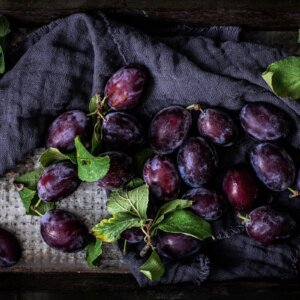


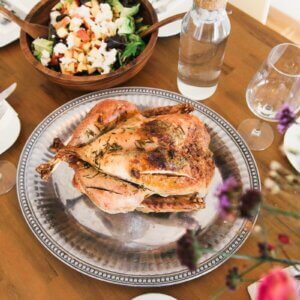
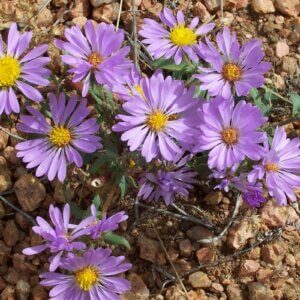



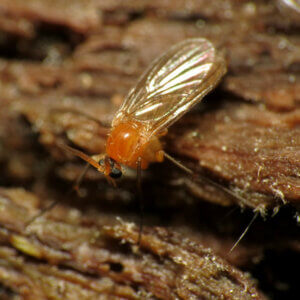
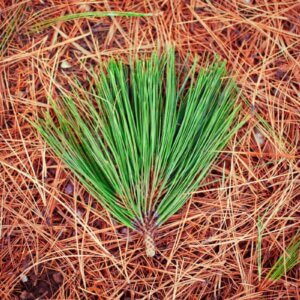





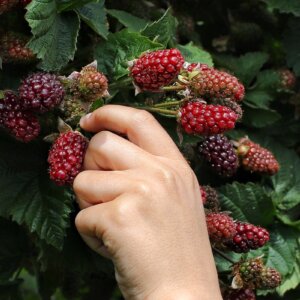
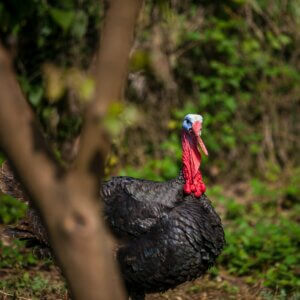
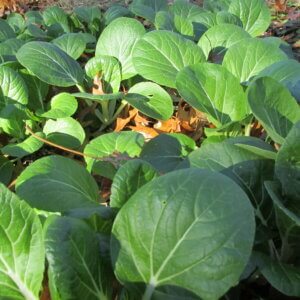
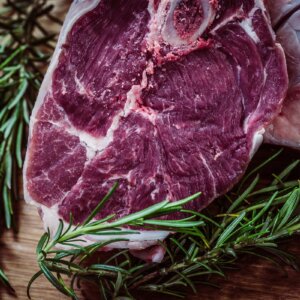
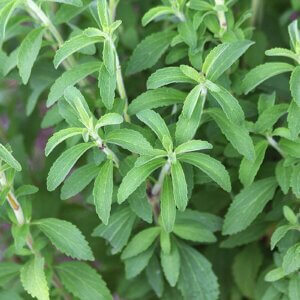
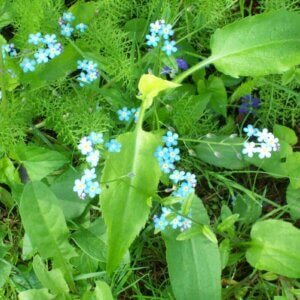
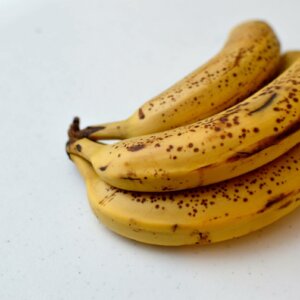
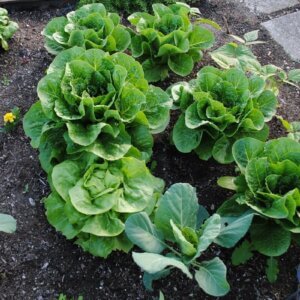





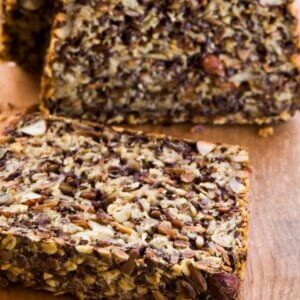
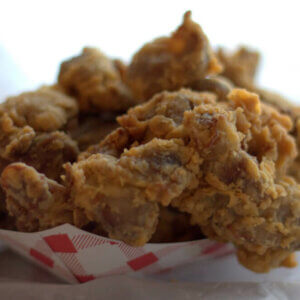



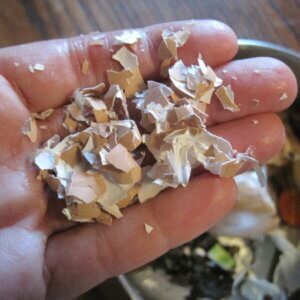
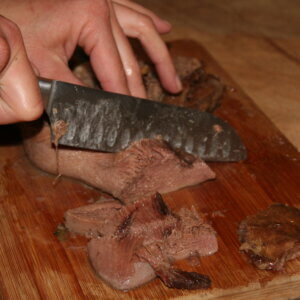
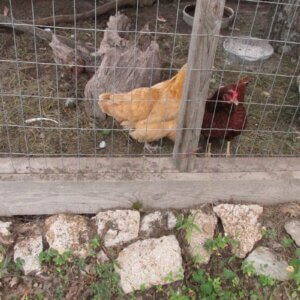
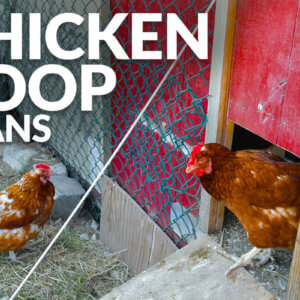
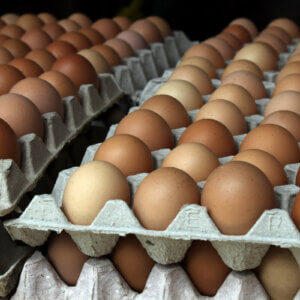
Leave a Reply